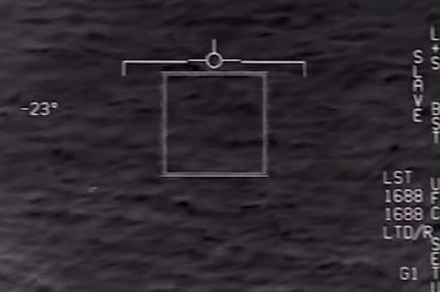
One of the most contentious issues among space enthusiasts is the idea of UFOs. While many scientists agree that the odds are good that there could be life elsewhere in the universe, and organizations like SETI have been searching for evidence of this for decades, the idea of aliens visiting Earth isn’t one that astronomers take seriously. All the same, the concept of mysterious alien spacecraft in the sky is one that persists among the public.
Now, NASA is stepping in to take what it describes as a “scientific perspective” on the issue of unidentified aerial phenomena (UAPs). Because while the agency makes it abundantly clear that, “There is no evidence UAPs are extraterrestrial in origin,” there are certainly plenty of objects which are spotted in the atmosphere which aren’t easy to identify, from weather balloons to aircraft to light phenomena. The U.S. military has been studying this issue recently and NASA says it wants to join the study for similar reasons, to protect aircraft in particular.
NASA is funding an independent study into UAPs which will be headed by an astrophysicist, David Spergel. The idea is to look at the limited data which does exist on UAPs and to consider how it would be best to collect data on similar phenomena in the future.
The idea is bound to be a contentious one, from scientists who will scoff at the idea of spending time and money on fringey pseudoscience to UFO true believers who are unlikely to trust anything NASA says anyway.
But the associate administrator for science at NASA, Thomas Zurbuchen, pushed back on the view that this was not a topic worthy of investigation: “In a traditional type of science environment, talking about some of these issues may be considered kind of selling out or talking about things that are not actual science,” he said in a teleconference. “I just really vehemently oppose that. I really believe that the quality of science is not only measured by the outputs that come behind it but also the questions we’re willing to tackle with science.”
The study is expected to take around nine months including consultations with scientists and experts in the fields of aeronautics and data analytics. After this, the report will be shared publicly.
Editors’ Recommendations
Credit: Source link


Comments are closed.